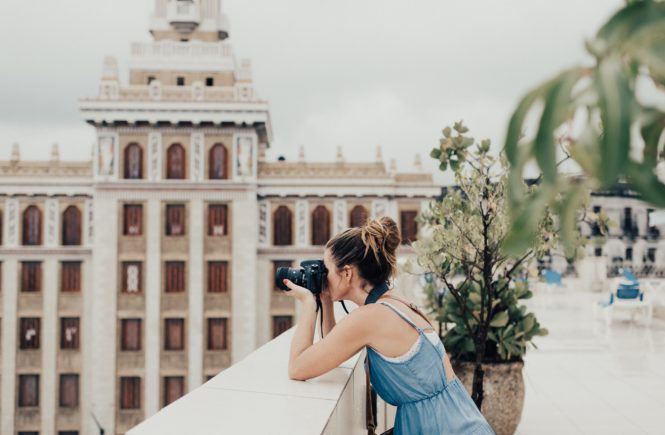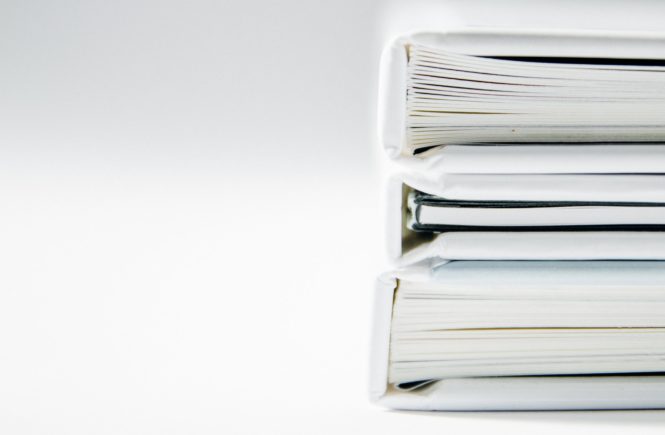Sometimes, technology can be confusing and intimidating. This is the case especially with gadgets like digital single-lens reflex cameras, commonly known as DSLR cameras. There may be times in your career where high-quality, original photographs are required for an assignment, and even the highest quality iPhone pictures won’t cut it. Here’s a simple how-to guide on what functions of a DSLR camera a beginner should learn to capture powerful, sharp photographs.
First and foremost, a photographer must understand the aperture function on their camera. Aperture refers to the opening of the diaphragm of the lens through which light passes. Therefore, changing the aperture of the camera lens will fluctuate the amount of light entering the photograph. This results in changes of the depth of field, which is the distance between the nearest and the furthest objects to be in focus in a camera. The opening of the lens of a camera is measured in “f-stops,” which determines the diameter of the aperture blades in the lens. In short, if you want the background of the photograph to be blurred out, the aperture must be adjusted accordingly.
The second camera function a public relations professional should be well-versed in is shutter speed. Shutter speed determines how long the shutter in your camera is open for. It is measured by fractions of seconds. Some common shutter speeds are 1/500, 1/350, 1/250 and 1/180. Some shutter speeds can go up to 1/2000, which is incredibly fast. It is unlikely that you will be using a shutter speed that fast. The longer the shutter is open, the more light will enter the image. The shorter the shutter is open, less light will enter the image. Some lower shutter speeds are 1/60, 1/45 and 1/30. Most DSLR cameras use a fast shutter speed by default, typically around 1/500 and as low as 1/60. As a beginner, you should start out with a fast shutter speed to ensure your pictures come out looking crisp and sharp.
The last function a public relations professional should understand about their camera is ISO. ISO correlates how sensitive the image is to light. ISO can be both a blessing and a curse, and here’s why. ISO will lighten an image if the setting is dark, but could result in the image looking a bit grainy and distorted if it is lightened too much. The image could come out looking a completely different color than the actual setting if the ISO function is not adjusted correctly. For example, bumping up the ISO too much in a dark setting could make the background fade out, the colors look oversaturated and mess with the shadows in the photo. Furthermore, photographs where the ISO was bumped up too much look more low-quality.
In addition to aperture, shutter speed and ISO, there are many other functions in a DSLR camera to help you take decent photographs. Some of these functions are grid lines, which help you use the rule of thirds. Additionally, most DSLR cameras have a dial on the top of the camera you can turn for different settings depending on the type of photo you are taking. For example, there may be a sports setting, a portrait setting and a food setting. These settings were created for those specific types of photos — use them!
If you run into any roadblocks along the way, keep in mind that practice makes perfect, and you will become better at photography the more you do it. Photography is a skill all public relations professionals should know, and becoming exceptionally good at it can expand your options in the job market.
Originally published by Public Relations at Belmont University




